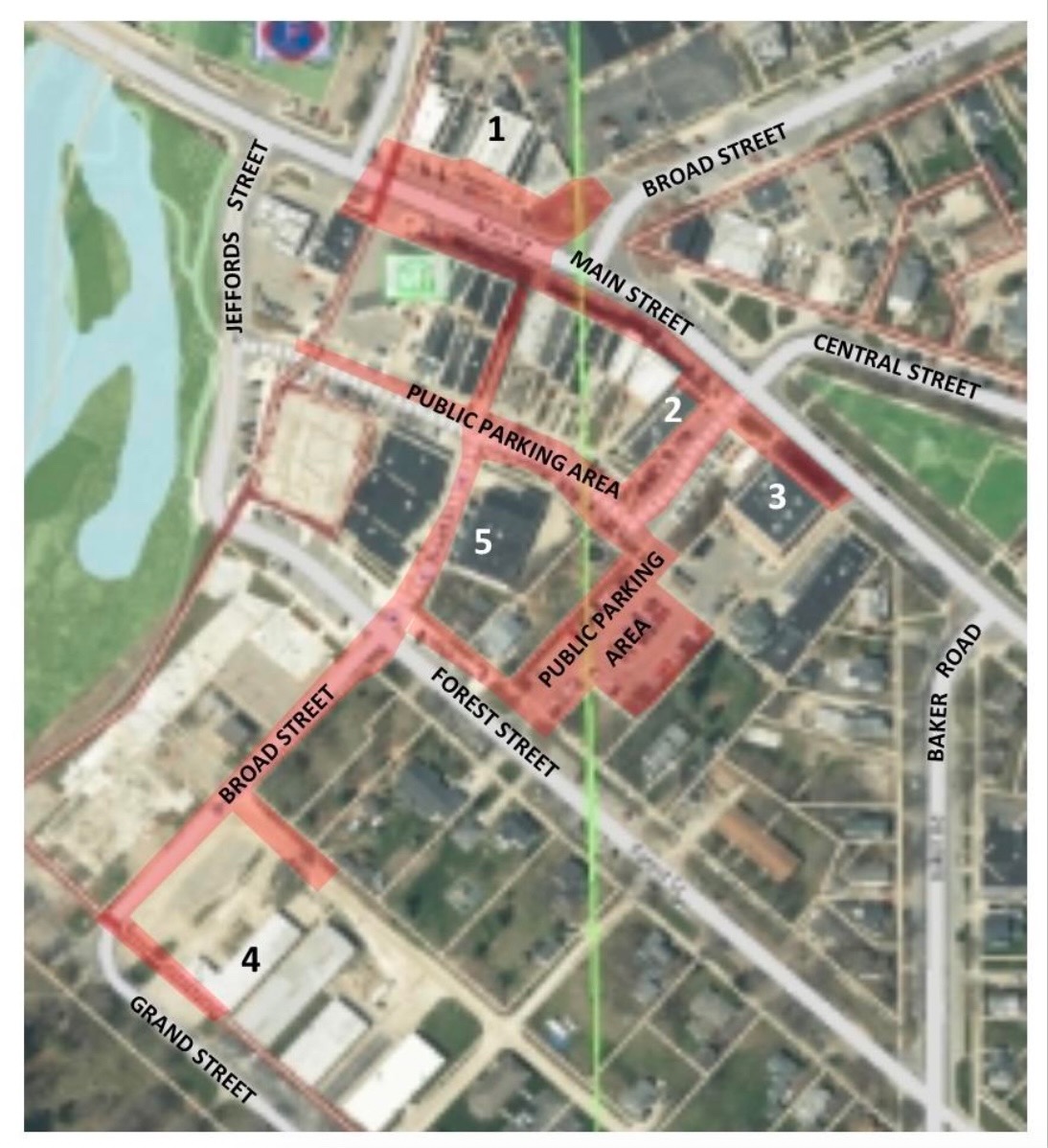Photo: A brand could be applied to hands, cheeks, shoulders, or foreheads, as a way to publically mark the offense. Photo: https://research.colonialwilliamsburg.org
Many elected officials are being sworn into office over the next few months, marking their terms’ start with a time-honored tradition. But why do they raise their right hand when taking an oath, and what does this gesture symbolize? The answer lies in a fascinating blend of history, culture, and human behavior.
Historical Tradition
The practice dates back to Roman times and medieval European courts, where raising the hand was a gesture of truth and honesty. In ancient Rome, individuals convicted of perjury were punished by having their right hand branded. This practice meant that when someone took an oath, they would raise their right hand to demonstrate they bore no such mark, thereby affirming their credibility.
This custom persisted into medieval European courts, where the raised right hand continued to signify honesty and the absence of prior convictions. Branding was a common punishment for various crimes, serving both as a penalty and a permanent record of one’s criminal history. In 17th-century London, judges required individuals to raise their right hand in court to check for marks indicating previous offenses, such as a “T” for theft or an “M” for murder. The practice of raising the right hand carried over into Colonial America.

Over time, the gesture evolved into a general symbol of sincerity and truthfulness, becoming a standard part of oath-taking ceremonies. In the legal system, raising the right hand became associated with swearing an oath to testify truthfully in court, ensuring accountability under the law.
Practical Reasons:
The right hand is traditionally associated with strength, skill, and authority, making it a natural choice for such symbolic gestures in predominantly right-handed societies.
The brain’s left hemisphere, which controls the right side of the body, is typically dominant for language and fine motor skills. This dominance may contribute to the preference for using the right hand in tasks requiring precision and coordination. Approximately 90% of the global population is right-handed. This majority influences societal norms, including the designation of the right hand for significant gestures.
Continuity in Ceremonial Practices
The gesture is seen as a universal sign of honesty and openness. Raising the right hand signifies a commitment to truth and integrity. This tradition has become a globally recognized gesture for oaths in various settings, including public office and judicial proceedings.
The tradition of raising the right hand during oaths is a confluence of cultural symbolism, the predominance of right-handedness, and neurological predispositions, all reinforcing its role as a gesture of honesty and authority.
Sources
“Colonial Punishments,” https://research.colonialwilliamsburg.org
“Handedness,” Wikipedia, https://en.wikipedia.org
“Right Brain, Left Brain?” Harvard Health, www.health.harvard.edu
“Why do we raise our hands when testifying before the court?” NW Sidebar, https://nwsidebar.wsba.org/






 8123 Main St Suite 200 Dexter, MI 48130
8123 Main St Suite 200 Dexter, MI 48130


